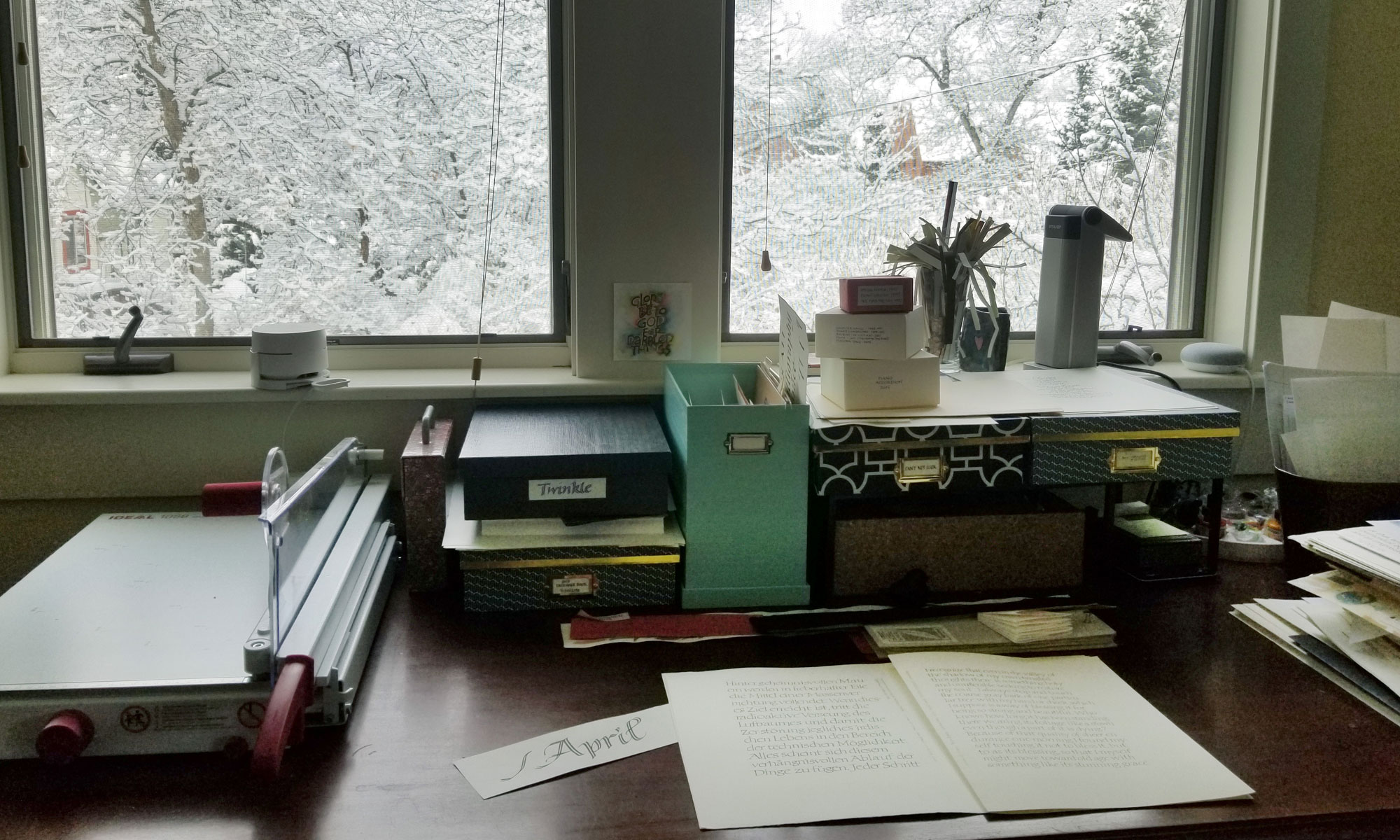I’ve finished week five of this six-week online course, I’m thoroughly enjoying the class. I’ve picked up a lot of this information piecemeal over the past 30 years or so, but it is helpful to see it knit into a shape, so to speak.
I’ve discovered some helpful resources in the course of this course … of course. I had never seen these manuscript aggregators which the Stanford faculty have provided in the glossary:
- Manuscripts Online – www.manuscriptsonline.org
This has a nifty slider bar which allows you to choose a date range. You can also search by terms, and they’ve provided some Old English letters to cut and paste, which is a convenience. - The Medieval Electronic Scholarly Alliance (MESA) – www.mesa-medieval.org/about/
One can go to Manuscript Studies and start drilling down. A date range would be immeasurably more useful than date, and not very difficult to implement. (I could do it, and that’s saying a lot because I’m a rather pathetic programmer.)
For finding manuscripts in person, this very cool map shows a lot of worldwide depositories.
At the end of each week’s lessons, a medieval manuscript is provided as a transcription exercise. These have been a challenge. Helpful resources for transcription:
- For a lot of medieval alphabets:
Medieval Writing – medievalwriting.50megs.com/writing.htm
This outdated website has, nevertheless, invaluable information. This link takes you to and index of medieval scripts. Each page lists information about the medieval script, such as alphabet type, dates, locations, and functions. But the really valuable elements follow: an example of the script with a box below that displays the transcription as you hover. Even more valuable is the modern alphabet whose letters change on hover to the medieval script version of that letter. So incredibly helpful! - For Old English:
- Western Michigan University’s Medieval Institute Introduction to Old English, by Peter S. Baker, particularly Chapter 16.
- Bosworth-Toller Anglo-Saxon Dictionary, where you can search for a word or look at an alphabetical list: A, Æ, B, C … T, Þ, U, … It even has a handy cut-and-paste option for æ and þ.
- For Latin:
- An online version of Capelli’s guide to Latin abbreviations
- Beginner’s Latin, courtesy of the UK National Archives.
